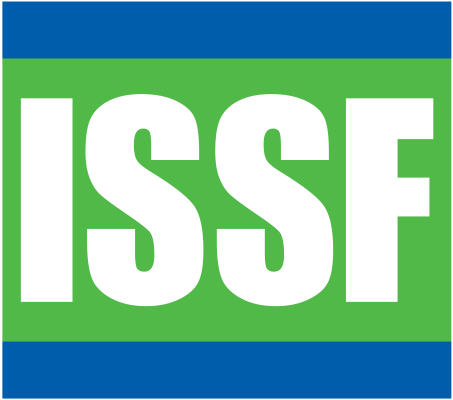Chapter 2: Bycatch Mitigation and Handling Best Practices
Introduction
Bycatch and discards have become a serious issue for tuna fisheries, both because of their very real impact, particularly on sensitive species, and because of consumers’ increasing awareness, which creates demand for sustainable seafood choices. In addition to bycatch being a major consideration for the tuna-buying public, RFMOs are increasingly concerned with taking an Ecosystem Approach to Fisheries Management (EAFM), which includes reducing the mortality of nontarget species.
The goal of this guide for longline tuna fisheries is to describe the “state of the art” in responsible fishing operations and also to review the reporting requirements and other obligations to RFMOs for the sustainable management of tuna and its larger marine ecosystem. This guide will help longline tuna fisheries involved in Fishery Improvement Projects (FIPs), seeking MSC certification, or MSC-certified fisheries designing client action plans to implement the most sustainable strategies at sea to achieve the standard requirements.
Most of the best practices and recommendations provided in the following sections relate to large industrial and semi-industrial vessels targeting tuna species, with lesser research attention given to small vessels and gear configurations and methods used in artisanal fisheries.

